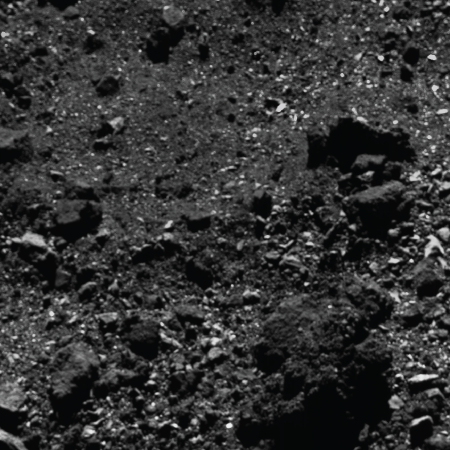First SpaceX Starship Hopper tests this week?
Capitalism in space: According to this news story on Sunday, SpaceX could attempt its first Starship Hopper tests this week.
A sheriff hand-delivered road closure notices to residents on Friday, according to a local resident. The document warned locals that SpaceX will “conduct testing” as soon as Monday, March 18.
The article also cites a flurry of tweets about the hopper that Elon Musk made on Sunday. Unfortunately, Musk’s tweets do not say anything about tests this week.
Regardless, it appears that SpaceX might actually be close to beating the schedule it announced for these tests back in November, when Musk said they were aiming for tests in June. If so, this would be a remarkable achievement, one that is almost unheard of in the aerospace launch industry.
Capitalism in space: According to this news story on Sunday, SpaceX could attempt its first Starship Hopper tests this week.
A sheriff hand-delivered road closure notices to residents on Friday, according to a local resident. The document warned locals that SpaceX will “conduct testing” as soon as Monday, March 18.
The article also cites a flurry of tweets about the hopper that Elon Musk made on Sunday. Unfortunately, Musk’s tweets do not say anything about tests this week.
Regardless, it appears that SpaceX might actually be close to beating the schedule it announced for these tests back in November, when Musk said they were aiming for tests in June. If so, this would be a remarkable achievement, one that is almost unheard of in the aerospace launch industry.






